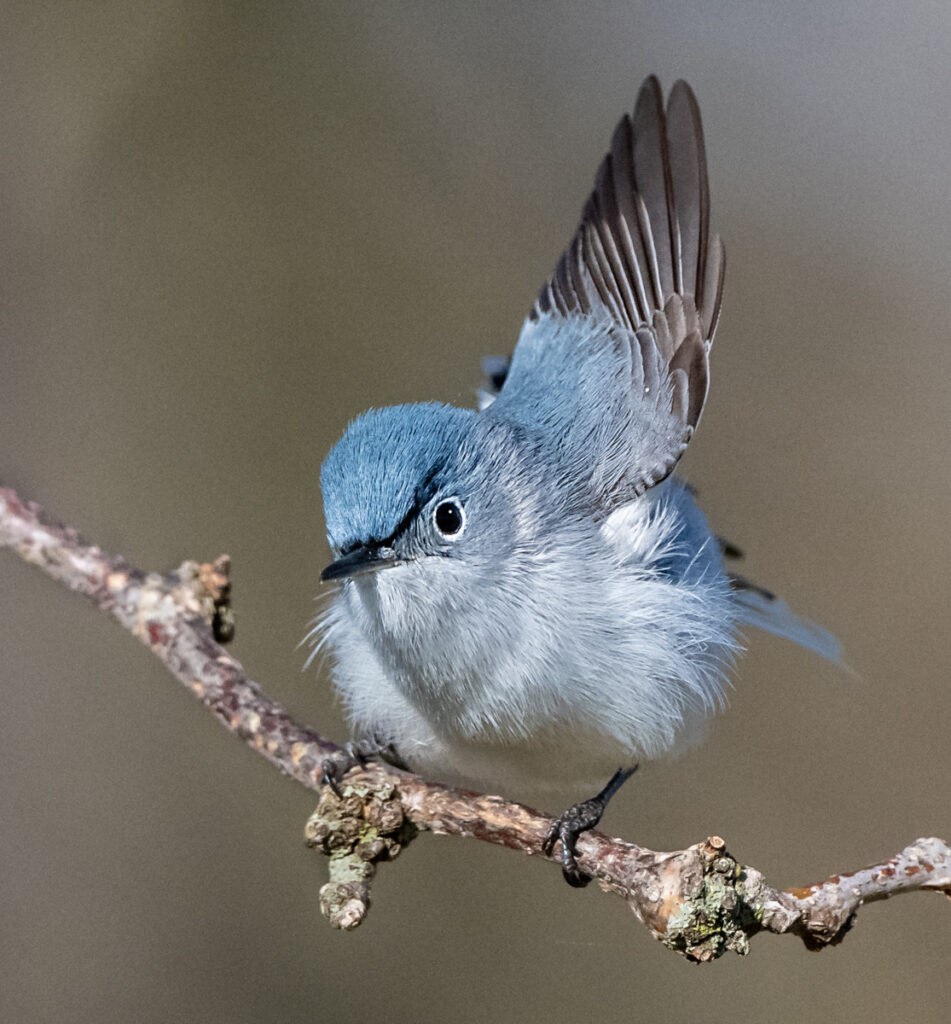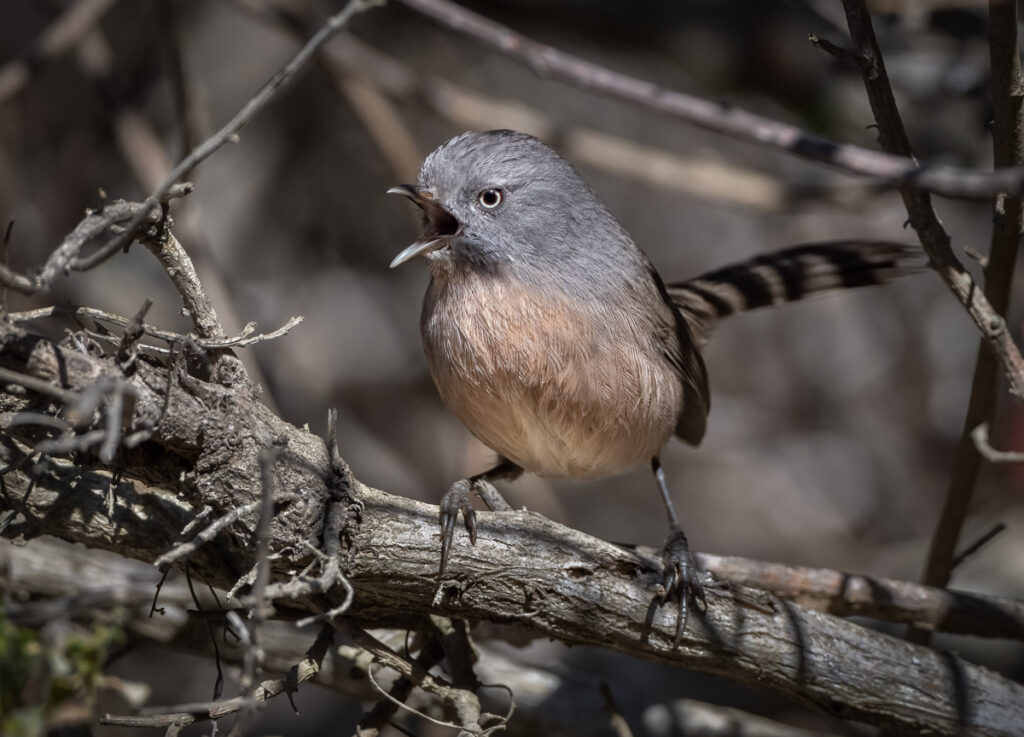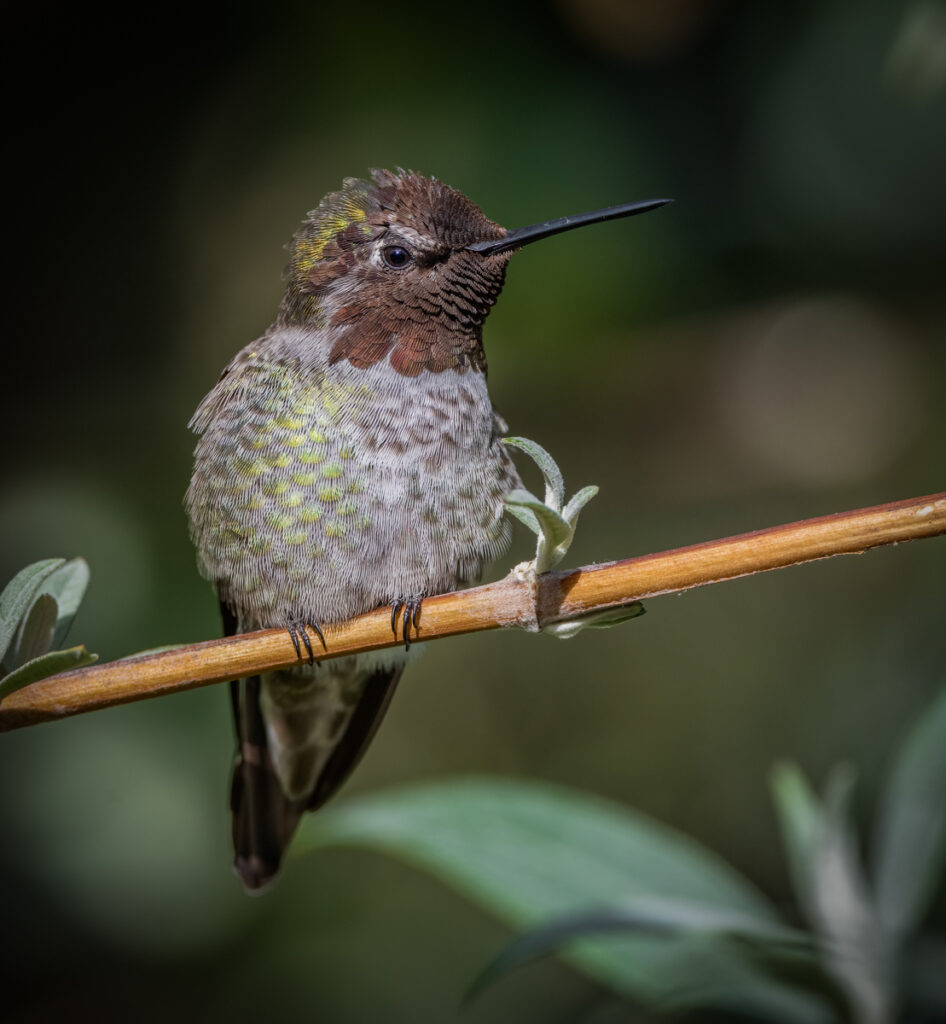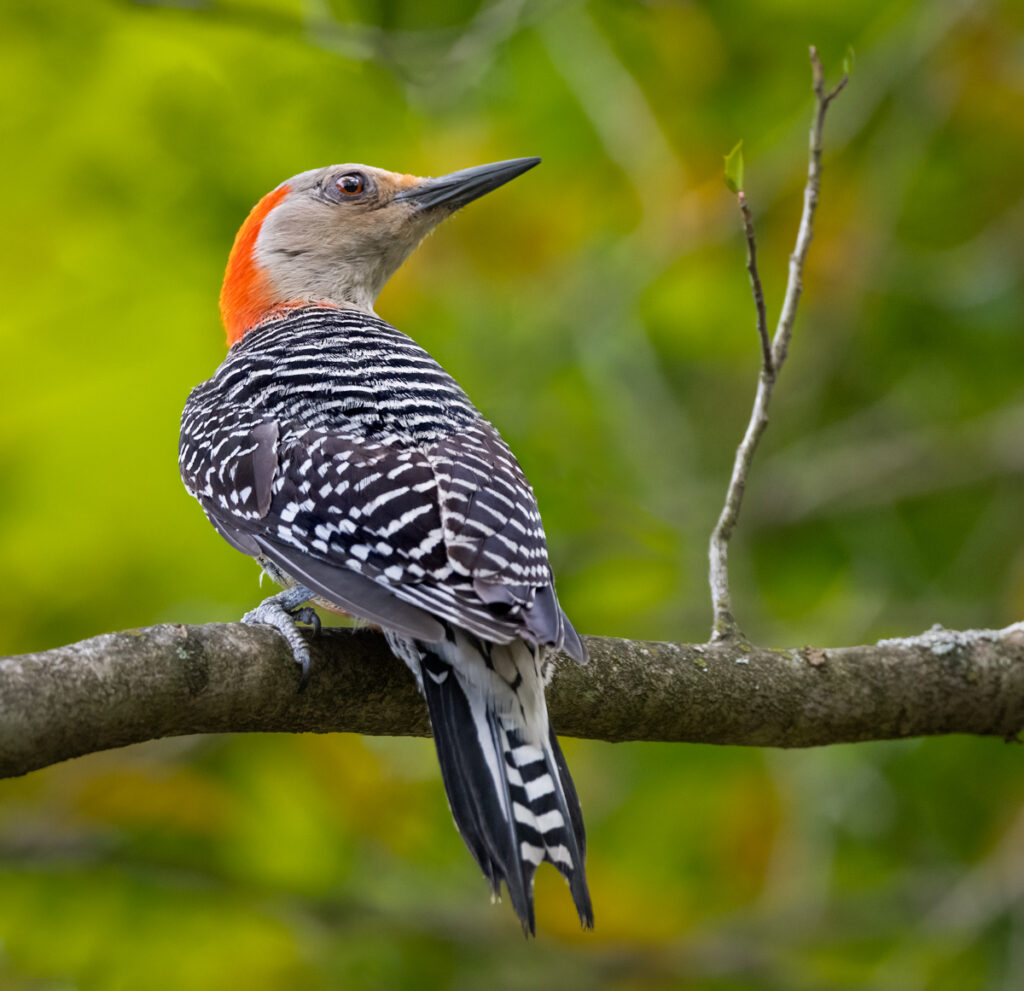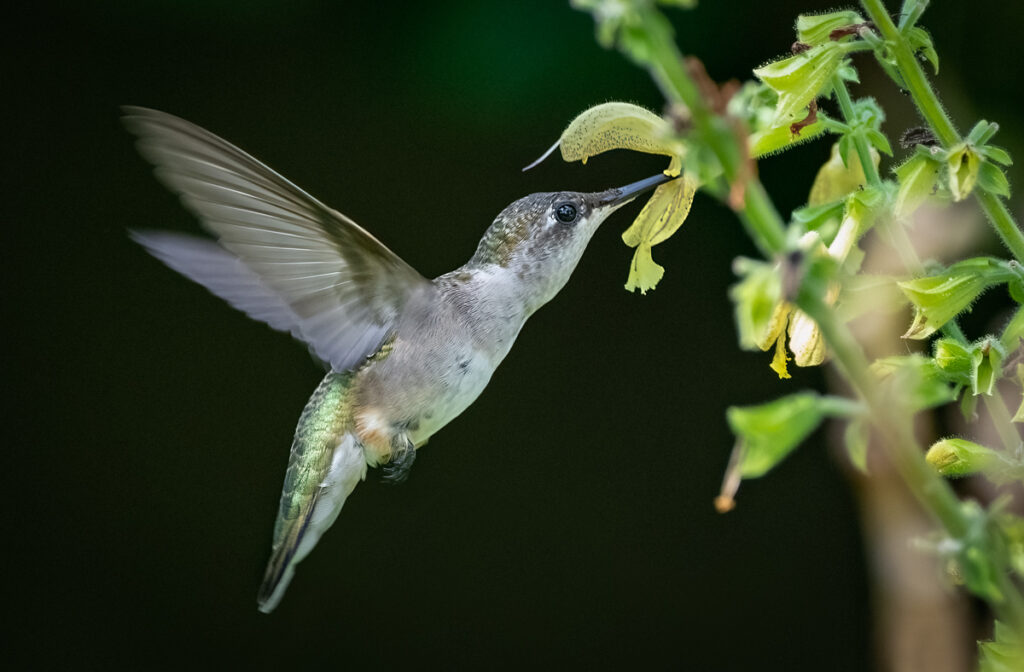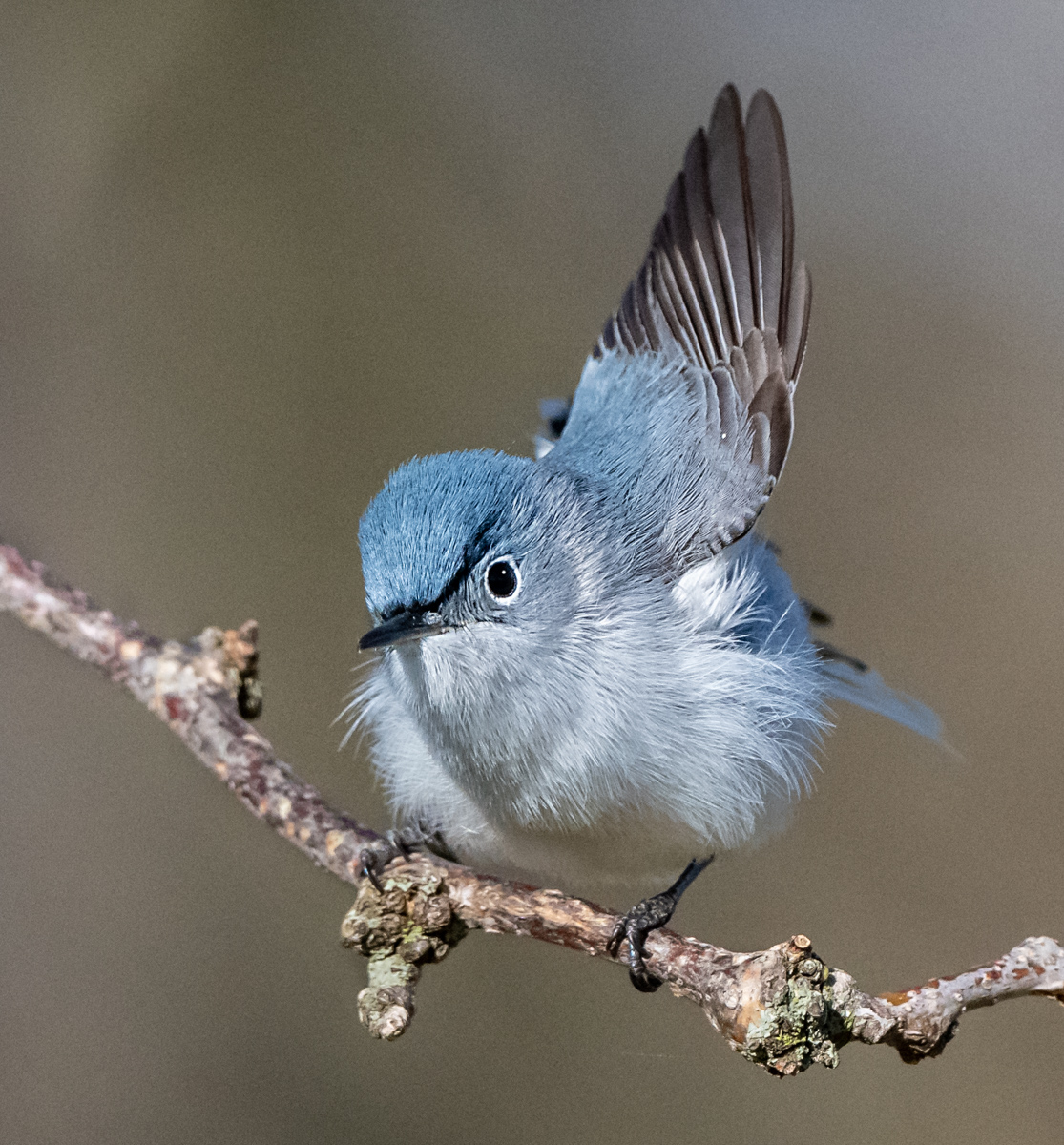
Birds’ plumage – the colors and patterns of their feathers – are often the first eye-catching features birders and bird photographers notice. Indeed, you could spend a lifetime capturing beautiful bird photos and only begin to highlight their feathered glory. It is when you begin to look more closely, however, that you will notice bird expressions and all the intimate character these delicate creatures can show.
What Makes a Bird Expression
Humans have very expressive faces, as we’re able to move our brows, cheeks, lips, and nose to show emotions. Even the makeup, jewelry, and hairstyles we choose can be part of our expressions. Birds have fewer ways to show expressions, as they lack the same facial musculature and don’t tend to wear makeup or jewelry. Yet birds are no less expressive in their faces – when you know what to look for.
First, watch a bird’s eyes. A sparkle or twinkle adds energy to the eyes, and different emotions – intensity, anger, relaxation – will show in the eyes based on how the bird’s eyelids are positioned. A bird’s bill is also an indicator of emotion and expression, whether it is open or poised for action, and different parts of the bill – a spot on the tip, the fleshy gape at the corner, or even a bit of berry smeared on the side – show activity and emotion.
Looking closely, a bird’s feathers are part of its expression. Different feather orientations and colors can heighten expressions, such as the dark brows that give a blue-gray gnatcatcher a fierce glower, or the flexible crest of the crested bobwhite that can show fear, tension, or alertness.
Finally, posture is another key to expressions. Birds exhibit different emotions through their postures, whether it is a stiff, tense posture that shows fear, a purposeful crouch that shows focus, a loose posture that shows relaxation, or even an upright, bold posture that shows pride and strength.
Focusing on Bird Expressions
Getting close in on birds’ faces will help highlight their expressions for amazing photos. Eliminate distractions from the frame, including messy backgrounds, random wires, or other eye-catching interruptions that draw attention away from the bird and its expression. The bird’s eye should be sharply in focus.
The only time other parts of the photo should remain as possible distractions is when they may be key to the bird’s expression. For example, if a bird is intent on an insect it may be about to grab, keeping that insect in the frame will add more dimension to the piece and clarify the bird’s expression.
Even the smallest birds, hummingbirds, can be amazingly expressive as they approach their favorite blooms, and including those flowers in the photo is essential to explain why the bird is so focused and tell a complete story in a split-second shot.
Bird expressions may be subtle, but they can show just as great a range of attitudes as any human. By understanding how to capture the detail of a bird’s expression, your bird photography can become more intimate and showcase a deeper part of the bird’s world, drawing people into your photos and creating spectacular connections to all the natural world.



